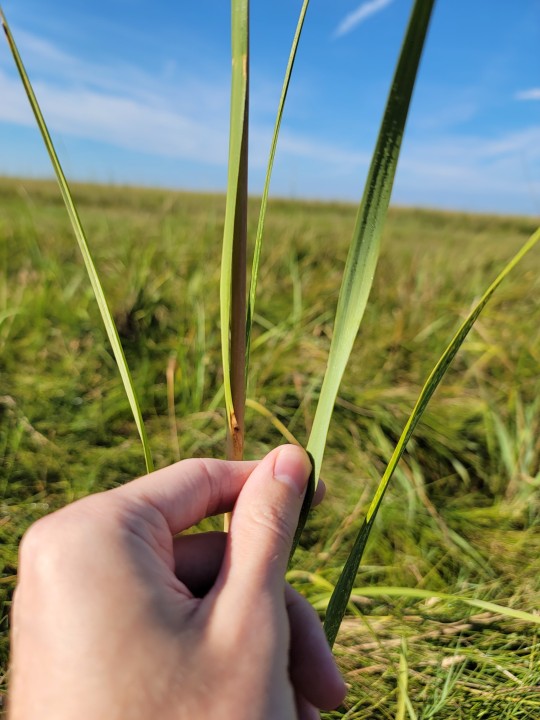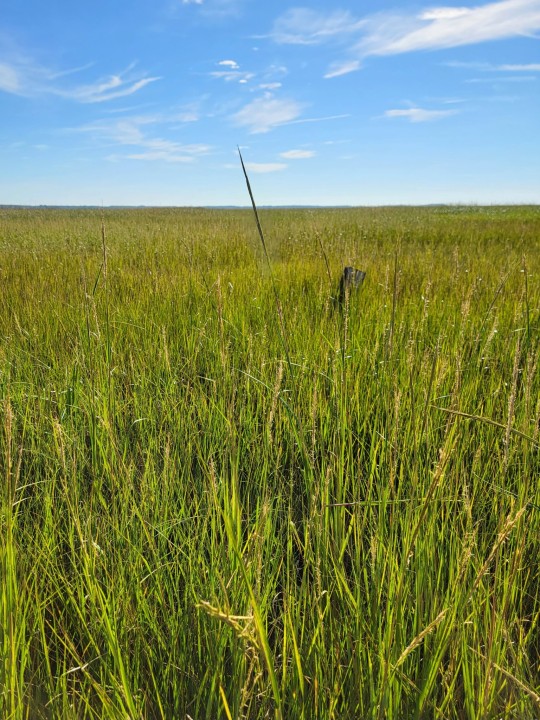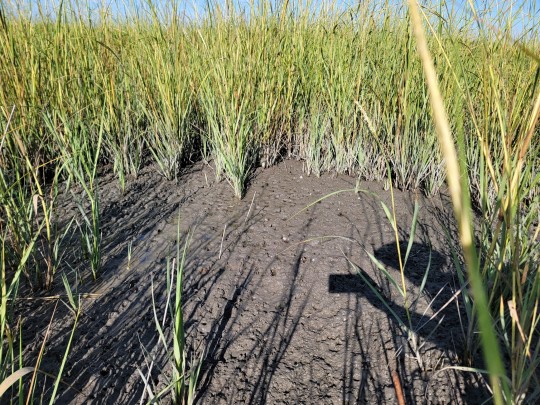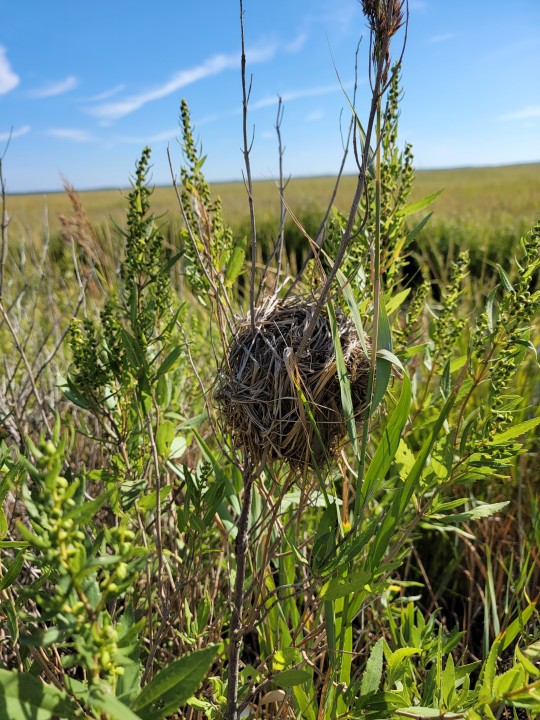#sporobolus alterniflorus
Explore tagged Tumblr posts
Text


#new york landscape#eastchester bay#saltmarsh cordgrass#sporobolus alterniflorus#aquatic plants#algae#beach#marsh#pelham bay park#bronx
0 notes
Text



Spartina Alterniflora (aka Sporobolus Alterniflorus) - Smooth Cordgrass
Smooth Cordgrass is many things: a signifier of salinity, an extremophile, a creator of habitat, and a peat builder. This lovely species typically colonizes the low marshes of heavily salinited areas near the ocean where other plants cannot. It is endemic to the Atlantic coast of both North and South America, forming the backbone of most brackish ecosystems. While it may appear to create a monoculture within its habitat niche, Cordgrass actually does such an important job in building marsh.
As sediments collect from rising tides the colonal roots of this plant trap nutrients to accure peat and in turn provides a lot of habitat for mussels, fiddlercrabs, nesting birds, and other prey species. The process of building this peat is called marsh accretion, its what allows marshes to build elevation and migrate in the face of sea level rise. Similar to Mangroves, Cordgrass can monopolize saline habitats due to its ability to survive tidal conditions and secret salt from its leaves (zoom in on the leaf with my finger to see salt crystals collecting).
Salt grass can grow up to six feet tall and typically spreads colonally or via seed. As sea levels rise many existing salt marshes are dying, however, cordgrass individually is rather resilient, as it is one of the few species which can cope under increasing exposure to salinity. In Philadelphia we see this species slowly creep up the waterways as salinity increases up the Delaware River. Spartina Alterniflora is very famously invasive in other areas of the world however here where there is biological control we see heavy losses to existing ecosystems (especially in the Chesapeake bay) as stresses from climate catastrophe increase.

I have a lot of love for this species and it's ability to carve out a bountiful ecosystem in what is considered a desert to almost all other lifeforms (image above: Nest made from cordgrass).
#native plants#brackish ecosystem#Delaware bay#spartina alterniflora#smooth cordgrass#salt marsh#brackish ecosystems of the american atlantic#i believe spartina is an extremely distinct genus which is why i don't use sporobus personally#but that's a very Mid-Atlantic opinion apparently#which the science is still debating a bit on#plant profiles
5 notes
·
View notes